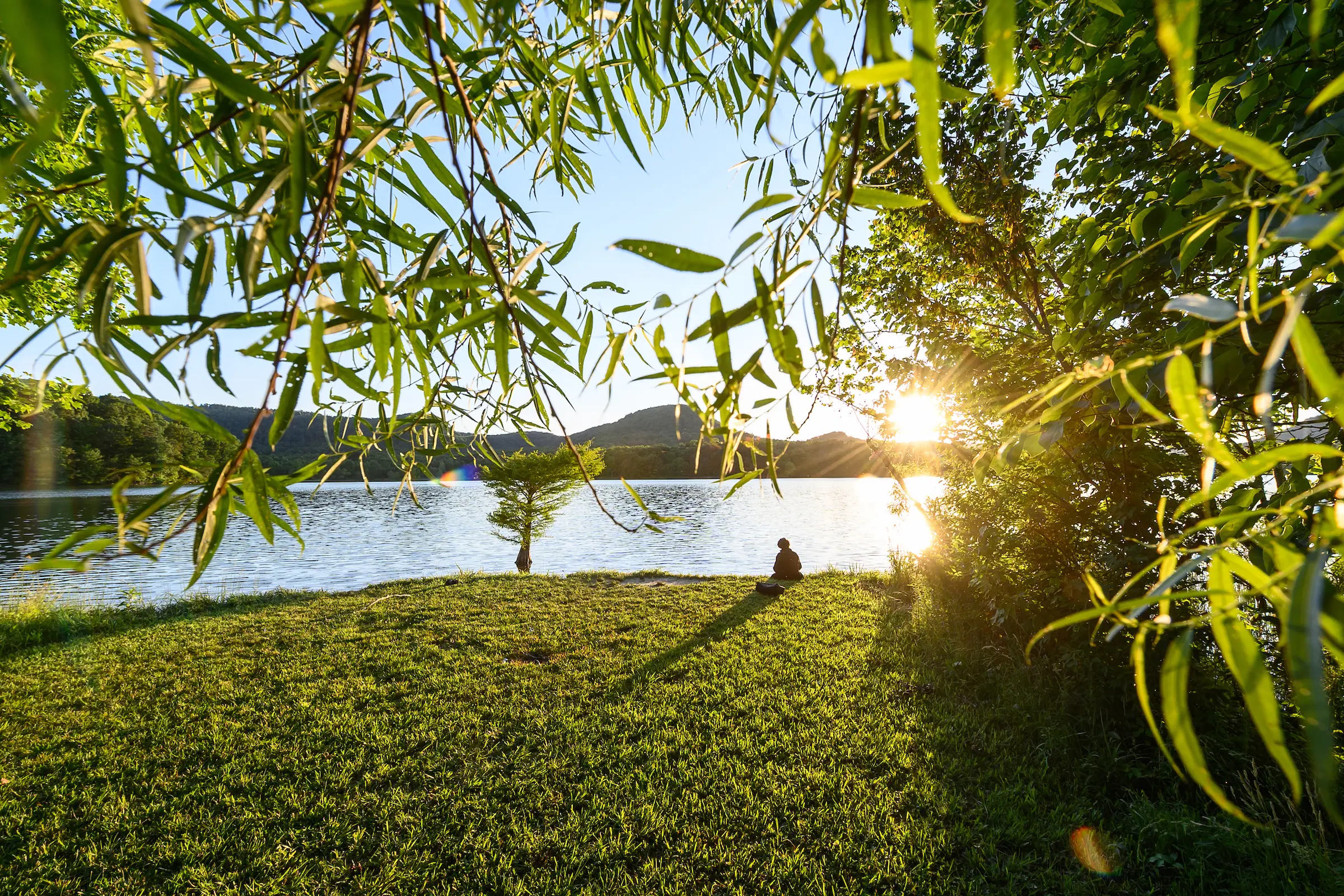
Serving Appalachia
Berea College commits itself to engage Appalachian communities, families, and students in partnership for mutual learning, growth, and service.
Berea’s physical location has often been described as “where the mountains meet the Bluegrass,” but our heart has always been in the mountains. Education in Appalachia includes more than learning in a classroom. It means reaching out to students where they live, helping them to overcome barriers that might prevent them from going to college, and teaching them ways they might return to their homes to improve their communities rather than providing “a ticket out.”
Appalachia is defined by rich traditions and unique cultures that we seek to preserve and celebrate, to share our students’ pride in their homes. The needs are many, as are the difficulties, and we would not be servants of the region if we did not attempt to see to those needs and difficulties, and to work with communities in and effort to improve Appalachians' quality of life. Most importantly, we teach our students how to be of service to their families and neighbors and to build brighter futures in the region.
At a Glance
Build brighter futures in the region
Past and Present
In 1855, Berea College founder John G. Fee’s mission was one of abolition, education, and reform. That the school he founded was located in Appalachia was incidental. What he saw in the county was a need for education among the impoverished—a need he hoped to fulfill—and the opportunity to demonstrate how “all peoples of the earth,” blacks and whites, men and women, could truly live and study together in peace.
Berea’s focus on the Appalachian region sharpened during the tenure of President William Frost during the 1890s. This was during a time of renewed national interest in Appalachia, and President Frost, who named the region “Appalachian America” “in default of any other name,” promoted especially traditional Appalachian arts, such as weaving, as a way for students to gain skills, promote the school, and to earn money for the College. Such an initiative would also help preserve Appalachian culture, which remains an important goal of the College today. Students continue to produce woven products, brooms, pottery, and woodcraft specific to Appalachia through the Student Craft program.
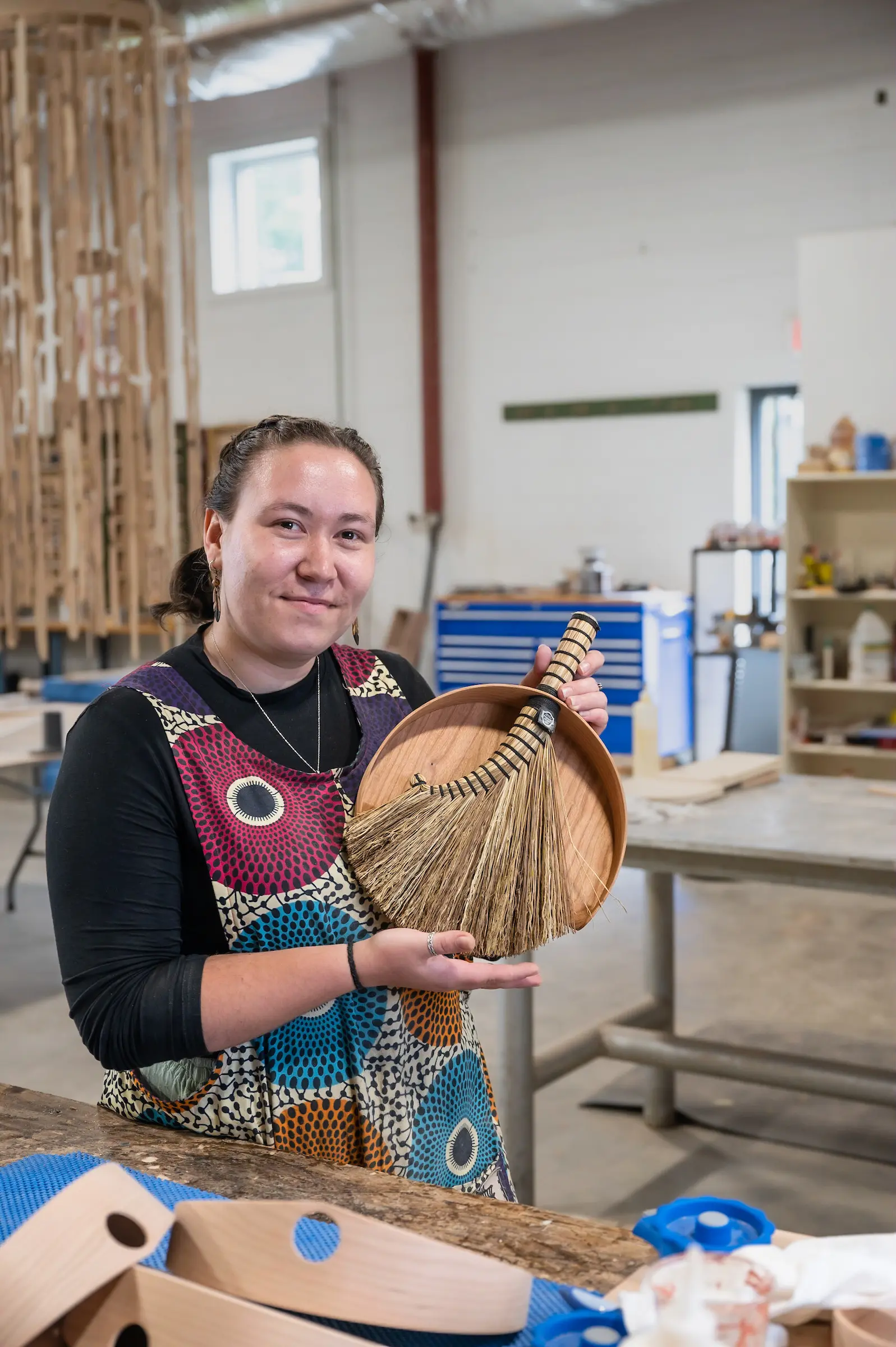
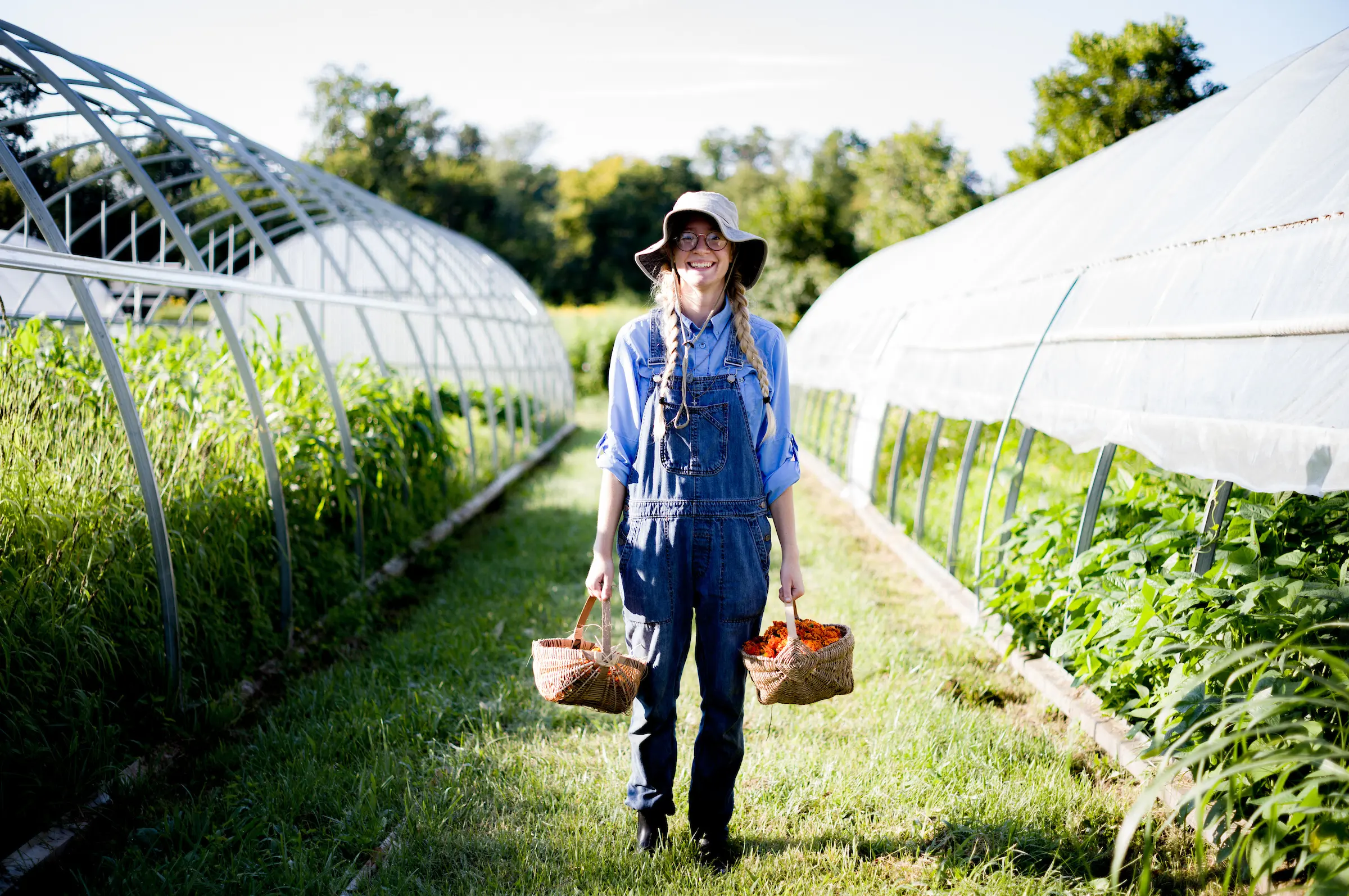
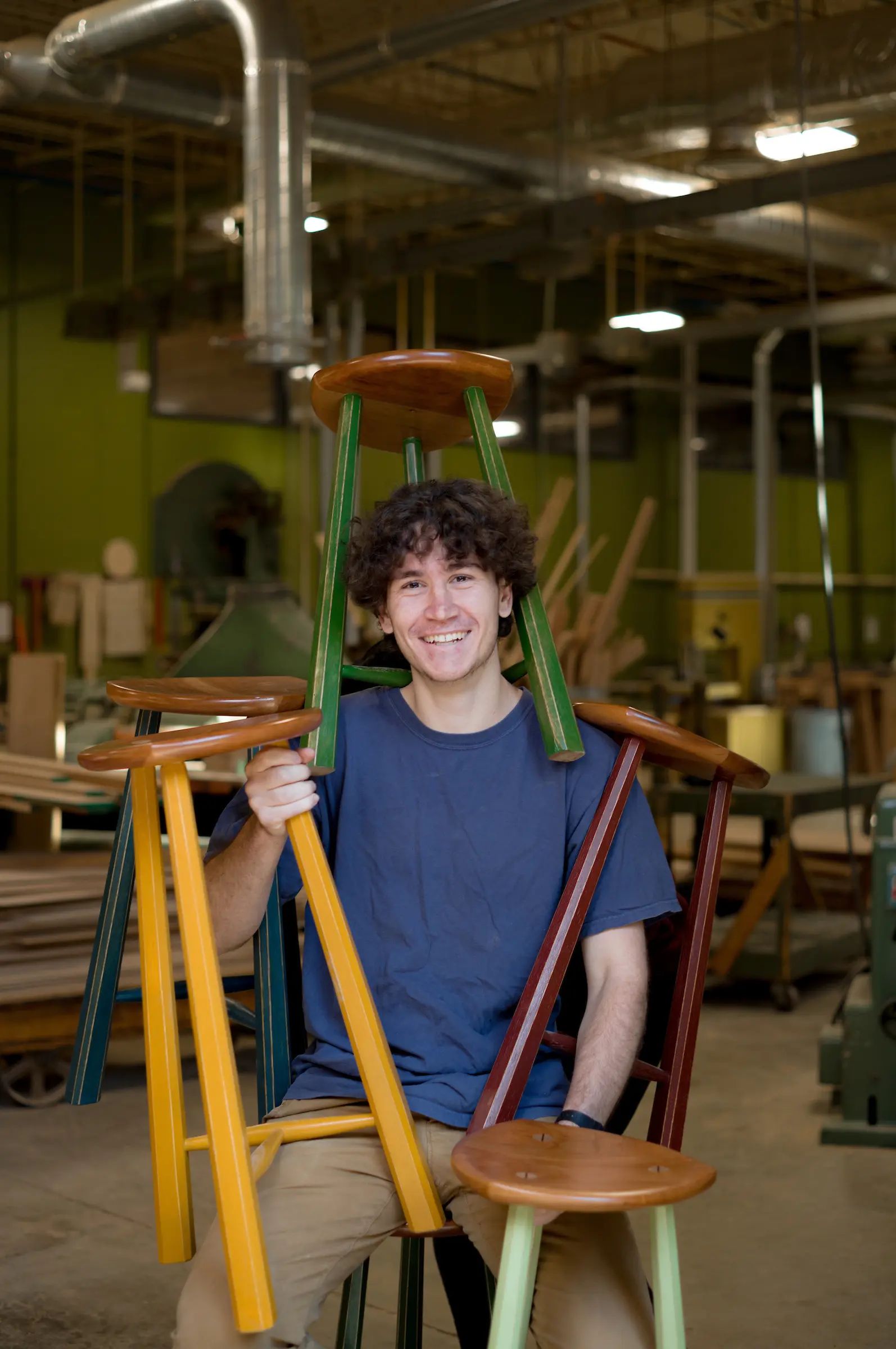
This early industry was an extension of opportunities Berea had always offered students to help them gain practical skills and earn money while studying away from home. It also served as a way for Appalachian students to bring their home region more in line with modern developments. During Frost’s tenure, there was an increasing need in Appalachia for teachers, nurses, and modern farming techniques, and Berea sought to train students in these areas as well as printing and other trades. These efforts gave birth to a formalized labor program.
Today, modern forms of reaching out to create change in Appalachia while preserving it continues in earnest at Berea College with programming specially tailored to regional students and families. These efforts are overseen by the Loyal Jones Appalachian Center (LJAC), which houses the Appalachian Studies Program, Appalachian Heritage magazine, and the Entrepreneurship for the Public Good. Recently, the College created the Division of Strategic Initiatives, overseen at the vice presidential level. This office coordinates vehicles for Appalachian outreach programs, including Grow Appalachia and the Brushy Fork Institute.
Moving Forward
The struggles of Appalachia are well documented. Scholars of Appalachia have often criticized mountain colleges for not doing enough to encourage graduates to return to home communities to work toward a better Appalachian future, one that is mindful of both assets as well as challenges. The great Appalachian writer, James Still, referred to the love of place in Appalachia as the “earth loved more than any other earth.” And yet, while a college education has become an important entry point for gaining employment, limited economic opportunity in Appalachia means many who go away to school do not return. Such has long been the case, and many parts of the mountains have had more willing workers than jobs available to them. At Berea, just 17 percent of our graduates travel back to live and work in at-risk Appalachian counties—not because they don’t want to, but because it is exceedingly difficult to find employment.
The College remains committed to finding strategies to bring students back to the mountains. Campus leaders should continue to learn more about the barriers preventing students from returning to the region after graduation and to research ways to overcome those barriers. One way to do this may be through partnerships with outside organizations such as the Mountain Association for Community Economic Development (MACED), the Federation of Appalachian Housing Enterprises (FAHE), the Highlander Research and Education Center, or the Stay Together Appalachian Youth (STAY) Project. In addition to this, we can develop more community-based and “place-based” learning opportunities. Service-learning is a good way to accomplish this, as are even more internships that provide unique, hands-on learning in Appalachian communities. Already, a third of recent interns from Berea were placed in an Appalachian county.
Since earliest times, Appalachia was always a tri-racial society composed of Native Americans, African Americans, and European Americans. A common perception of Appalachia today, however, is of a region overwhelmingly white. Throughout the 20th century, for example, large numbers of African Americans left rural areas for cities inside or even outside the region, making it less diverse. Conversely, a growing population of people of Latino/a and Asian descent have moved into the region, especially southern Appalachia. As Berea College has since the beginning, the College can and will evolve to meet the needs of Appalachia as those needs change. This will mean ensuring that we reach out and address the unique circumstances of academically-promising and financially-challenged students within these populations as well.
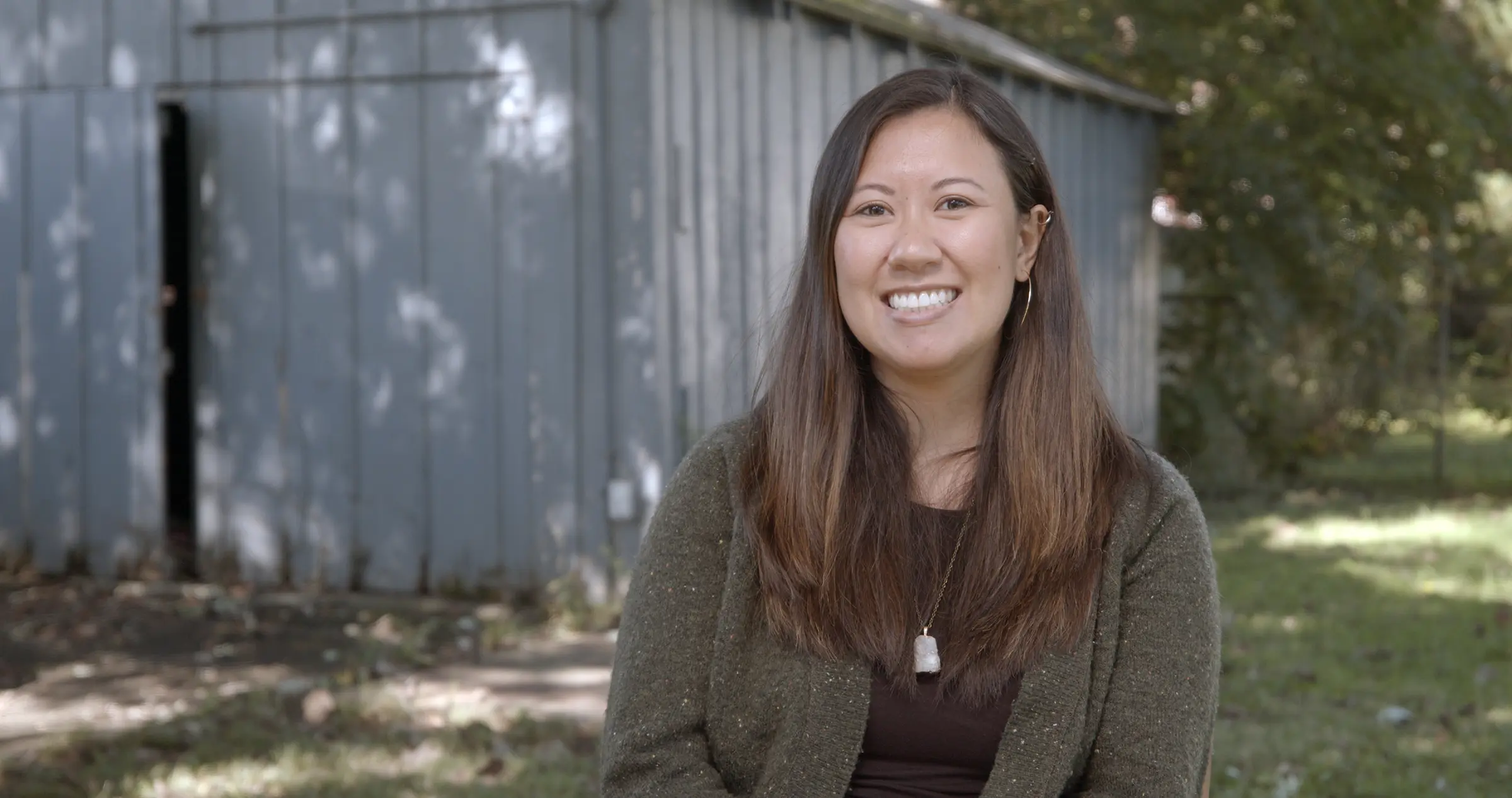
Jamie Oleka ’13 refers to herself as “Appalasian,” or a person of Asian descent who grew up in Appalachia. Filipino-American, Jamie hails from West Liberty, Kentucky, a hamlet of less than 3,500 people. Inspired by her mother, a nurse at Appalachian Regional Healthcare Center, Jamie carried with her a passion for helping people.
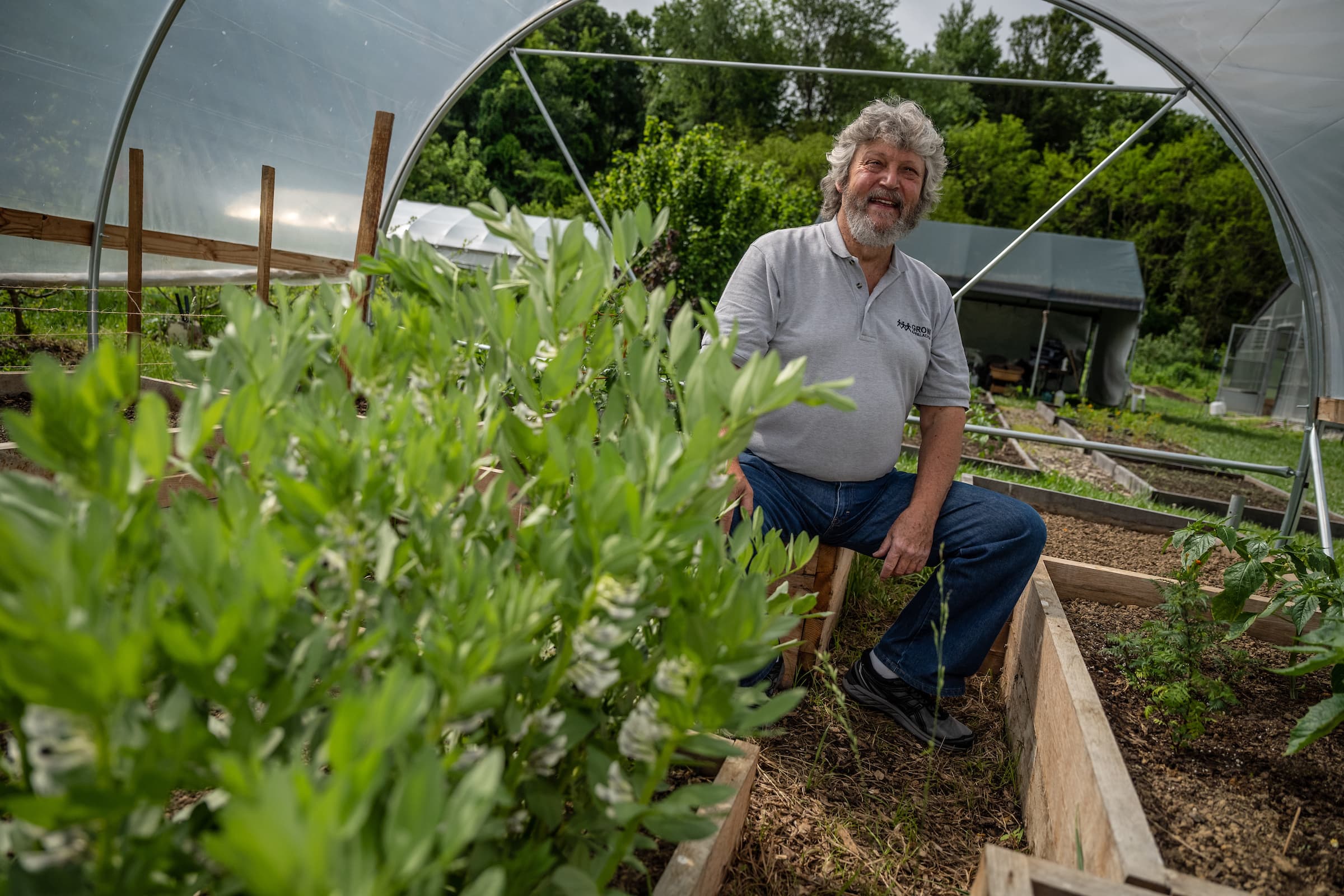
The director of Grow Appalachia, David Cooke ’82, was born in Mingo County, West Virginia, the youngest child of a coal miner and a school teacher. After graduating from Berea College, he obtained a master’s degree from WVU, and has worked as a high school teacher, woodworker, and county extension agent.
